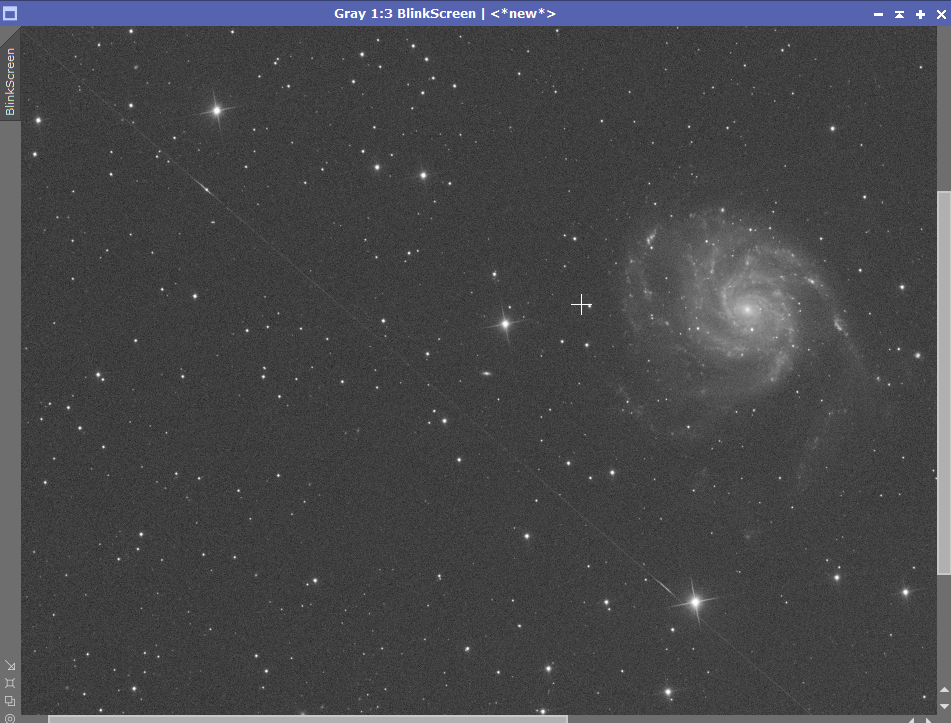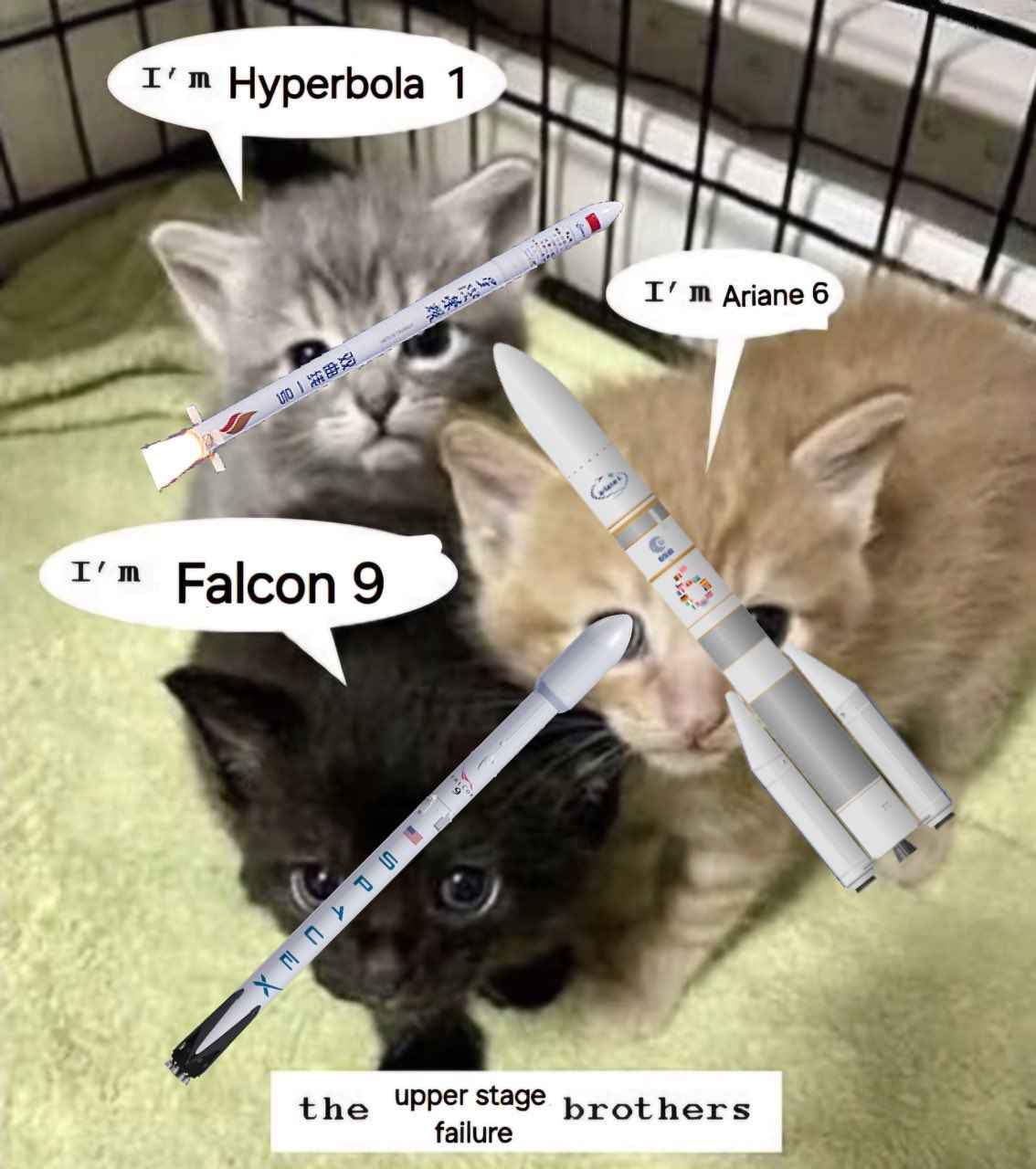with my luck it's gonna pop in november just after it sinks behind some trees for the season
I made this comparison a while ago, and figured I'd share it since I've seen some headlines going around the last couple days...
The Moon's orbit isn't a perfect circle, and at times is a little closer and a little farther away from Earth. It's called a supermoon when the moon is full and at its closest point, and a micromoon when its full and at its furthest point
I wanted to make this comparison to highlight that the supermoon isn't really that much larger than normal. Personally I think the supermoon is overhyped for what it is, and that it's hard to tell visually that the moon is larger or smaller, unless you do a direct comparison like this. The moon can appear larger than normal when its close to the horizon, but the actual size of it is no different than if it was straight overhead: https://en.wikipedia.org/wiki/Moon_illusion
The angular diameters and distances were taken from a planetarium program called Stellarium. I compared the pixel measurements of my photos to the values calculated by Stellarium, and the discrepancy was only 0.22%.
-
TPO 6" F/4 Imaging Newtonian
-
ZWO ASI1600MM-Pro
-
Skywatcher Quattro Coma Corrector
-
ZWO EFW 8x1.25"/31mm
-
Astronomik LRGB+CLS Filters- 31mm
-
Moonlite Autofocuser
Acquisition: (Camera at Unity Gain, -20°C for supermoon, -10°C for micromoon)
-
Astronomik Red filter used to combat atmospheric seeing
-
Exposure- 0.213ms for supermoon, 1.115ms for micromoon
-
1000 frame capture for supermoon
-
2000 frame capture for micromoon
Capture Software:
- Captured using Sharpcap and N.I.N.A. for filterwheel and focuser control
Processing:
-
Supermoon: Best 10% of frames stacked in Autostakkert!3
-
Micromoon: Best 25% of frames stacked
-
Registax Wavelets for sharpening on both images
-
Level and curve adjustments in Photoshop
-
Images combined and annotated in Photoshop
It may not be as big or well known as the other well known cluster in Hercules (M13), but it sure looks nice. Captured over 4 nights in July/August 2024 from a Bortle 9 zone
Places where I host my other images:
-
TPO 6" F/4 Imaging Newtonian
-
Orion Sirius EQ-G
-
ZWO ASI1600MM-Pro
-
Skywatcher Quattro Coma Corrector
-
ZWO EFW 8x1.25"/31mm
-
Astronomik LRGB+CLS Filters- 31mm
-
Astrodon 31mm Ha 5nm, Oiii 3nm, Sii 5nm
-
Agena 50mm Deluxe Straight-Through Guide Scope
-
ZWO ASI-120MC for guiding
-
Moonlite Autofocuser
Acquisition: 6 hours 55 minutes (Camera at half Unity Gain, -15°C)
-
Lum - 209x60"
-
Red - 78x60"
-
Green - 62x60"
-
Blue - 66x60"
-
Flats- 30 per filter
-
24 JimmyFlats per filter
Capture Software:
- Captured using N.I.N.A.
PixInsight Processing:
-
BatchPreProcessing (with premade JimmyFlats)
-
StarAlignment
-
ImageIntegration
-
DrizzleIntegration (2x, Var β=1.5)
-
DynamicCrop
-
DynamicBackgroundExtraction
duplicated each image and removed stars via StarXterminator. Ran DBE with a shitload of points to generate background model. model subtracted from original pic using the following PixelMath (math courtesy of /u/jimmythechicken1)
$T * med(model) / model
Luminance:
-
BlurXTerminator (correct only mode)
-
ArcsinhStretch + histogramtransformation to bring nonlinear
RGB:
-
ChannelCombinaiton to combine monochrome R, G, B stacks into color image
-
BlurXTerminator (correct only mode)
-
SpectroPhotometricColorCalibration
-
HSV Repair
-
ArcsinhStretch + histogramtransformation to bring nonlinear
-
Curves to saturate it a little
-
MLT for large scale chrominance noise reduction
Nonlinear:
-
LRGBCombination with stretched L as luminance
-
DeepSNR Noise reduction
-
Several CurveTransformations to adjust lightness, contrast, colors, saturation, etc.
-
Invert > SCNR > invert > SCNR to remove some greens and magentas
-
More curves
-
A little bit of noiseXterminator
-
DynamicCrop in on the clustert
-
Resample to 75%
-
Annotation
It may not be as big or well known as the other well known cluster in Hercules (M13), but it sure looks nice. Captured over 4 nights in July/August 2024 from a Bortle 9 zone
Places where I host my other images:
-
TPO 6" F/4 Imaging Newtonian
-
Orion Sirius EQ-G
-
ZWO ASI1600MM-Pro
-
Skywatcher Quattro Coma Corrector
-
ZWO EFW 8x1.25"/31mm
-
Astronomik LRGB+CLS Filters- 31mm
-
Astrodon 31mm Ha 5nm, Oiii 3nm, Sii 5nm
-
Agena 50mm Deluxe Straight-Through Guide Scope
-
ZWO ASI-120MC for guiding
-
Moonlite Autofocuser
Acquisition: 6 hours 55 minutes (Camera at half Unity Gain, -15°C)
-
Lum - 209x60"
-
Red - 78x60"
-
Green - 62x60"
-
Blue - 66x60"
-
Flats- 30 per filter
-
24 JimmyFlats per filter
Capture Software:
- Captured using N.I.N.A.
PixInsight Processing:
-
BatchPreProcessing (with premade JimmyFlats)
-
StarAlignment
-
ImageIntegration
-
DrizzleIntegration (2x, Var β=1.5)
-
DynamicCrop
-
DynamicBackgroundExtraction
duplicated each image and removed stars via StarXterminator. Ran DBE with a shitload of points to generate background model. model subtracted from original pic using the following PixelMath (math courtesy of /u/jimmythechicken1)
$T * med(model) / model
Luminance:
-
BlurXTerminator (correct only mode)
-
ArcsinhStretch + histogramtransformation to bring nonlinear
RGB:
-
ChannelCombinaiton to combine monochrome R, G, B stacks into color image
-
BlurXTerminator (correct only mode)
-
SpectroPhotometricColorCalibration
-
HSV Repair
-
ArcsinhStretch + histogramtransformation to bring nonlinear
-
Curves to saturate it a little
-
MLT for large scale chrominance noise reduction
Nonlinear:
-
LRGBCombination with stretched L as luminance
-
DeepSNR Noise reduction
-
Several CurveTransformations to adjust lightness, contrast, colors, saturation, etc.
-
Invert > SCNR > invert > SCNR to remove some greens and magentas
-
More curves
-
A little bit of noiseXterminator
-
DynamicCrop in on the clustert
-
Resample to 75%
-
Annotation
I originally planned on shooting this from a dark site on top of a mountain but my laptop had other plans. Ended up taking this from my driveway instead (at least when I still had a driveway), but I'm very pleased with the detail I got at just 610mm focal length. There are also a number of other galaxies in the uncropped pic including one over a billion light years away from us (calculated from redshift). This image was taken with a monochrome camera through filters for luminance (all visible light), red, green, blue, and Hydrogen-alpha (656nm), which were combined into a color image. The Hydrogen-alpha was combined with red (described below) to enhance the hydrogen nebulae in the galaxy (red splotches in the spiral arms). Captured on March 21, 22, 24, and 29th, 2021 from a Bortle 6 zone
Places where I host my other images:
-
TPO 6" F/4 Imaging Newtonian
-
Orion Sirius EQ-G
-
ZWO ASI1600MM-Pro
-
Skywatcher Quattro Coma Corrector
-
ZWO EFW 8x1.25"/31mm
-
Astronomik LRGB+CLS Filters- 31mm
-
Astrodon 31mm Ha 5nm, Oiii 3nm, Sii 5nm
-
Agena 50mm Deluxe Straight-Through Guide Scope
-
ZWO ASI-120MC for guiding
-
Moonlite Autofocuser
Acquisition: 10 hours 2 minutes (Camera at Unity Gain, -15°C)
-
Lum - 106x120"
-
Ha - 30x300"
-
Red - 40x120"
-
Green - 40x120"
-
Blue - 50x120"
-
Darks- 30
-
Flats- 30 per filter
Capture Software:
- Captured using N.I.N.A. and PHD2 for guiding and dithering.
PixInsight Processing:
-
BatchPreProcessing
-
StarAlignment
-
ImageIntegration
-
DrizzleIntegration (2x, Var β=1.5) (Lum only)
-
StarAlign Ha, R, G, B stacks to drizzled L
-
DynamicCrop
-
DynamicBackgroundExtraction
Luminance:
-
EZ Decon + Denoise
-
ArcsinhStretch + histogramtransformation to bring nonlinear
RGB:
-
ChannelCombinaiton to combine monochrome R, G, B stacks into color image
-
PhotometricColorCalibration
-
SCNR green
Adding Ha:
I followed this tutorial which I find produces much better results than my previous NBRGBCombination script technique:
http://www.arciereceleste.it/tutorial-pixinsight/cat-tutorial-eng/85-enhance-galaxy-ha-eng
- PixelMath to make Clean Ha. This effectively isolates just the Ha from the red continuum spectrum
Ha-Q * (Red-med (Red))
Q=1.0416
-
PixelMath to combine Clean Ha
-
PixelMath to add Ha to RGB image ($T)
R= $T+B*(Ha_Clean - med(Ha_Clean))
G= $T
B= $T+B*0.2*(Ha_Clean - med(Ha_Clean))
B=3
HaRGB:
-
Slight SCNR
-
HSV Repair
-
ArcsinhStretch + histogramtransformation to bring nonlinear
-
ColorSaturation to slightly desaturate Ha regions
-
HistogramTransformation to further stretch to match lum brightness
Nonlinear:
-
LRGBCombination with stretched L as luminance
-
Several CurveTransformations to adjust lightness, contrast, colors, saturation, etc.
-
MoreSCNR
-
ACDNR
-
LocalHistogramEqualization
-
More Curves
-
ColorSaturation to slightly desaturate Ha regions
-
MMT noise reduction
-
EZ StarReduction
-
Final Curves
-
Resample to 60%
-
DynamicCrop to 3555x2000
-
Annotation
A lot of those tubes run on the inside of the engine. They’re 3D printed into the engine walls as it’s being made
Oh no! Where will I go to see OF spam bots now???
It looks like walking/raining noise, and it’s usually caused by not dithering. On a lot of setups you dither every few exposures by moving the scope a few pixels in a random direction, and when everything is realigned and stacked, it should remove the noise.
I’m not that familiar with smart telescopes, but see if it has a dither function built in. On more typical rigs you’d dither by moving a guide star over, and I think NINA can just blindly slew a mount a few arcseconds if there’s no guider attached.
The satellites are normally dim, but sometimes the sun will hit them at just the right angle and reflect perfectly to you.
https://en.wikipedia.org/wiki/File%3AFlare_Simulation.gif
The old Iridium sats were cool because they could get to -9 magnitude for a few seconds if you were in just the right spot. You can also have some satellites that flare every few seconds if they're tumbling and keep hitting the sun at the right angle throughout the pass.

Honestly kinda looks more like a satellite flare with how symmetric it is.
btw, was any processing done to this?
Thanks! We won’t know the results for a couple weeks. The movie was dogshit!








NASA is still doing a seat exchange and launching Johnny Kim on the next Soyuz in March, but it looks like it’ll be just Russians on at least the next 2 Soyuz’s after that